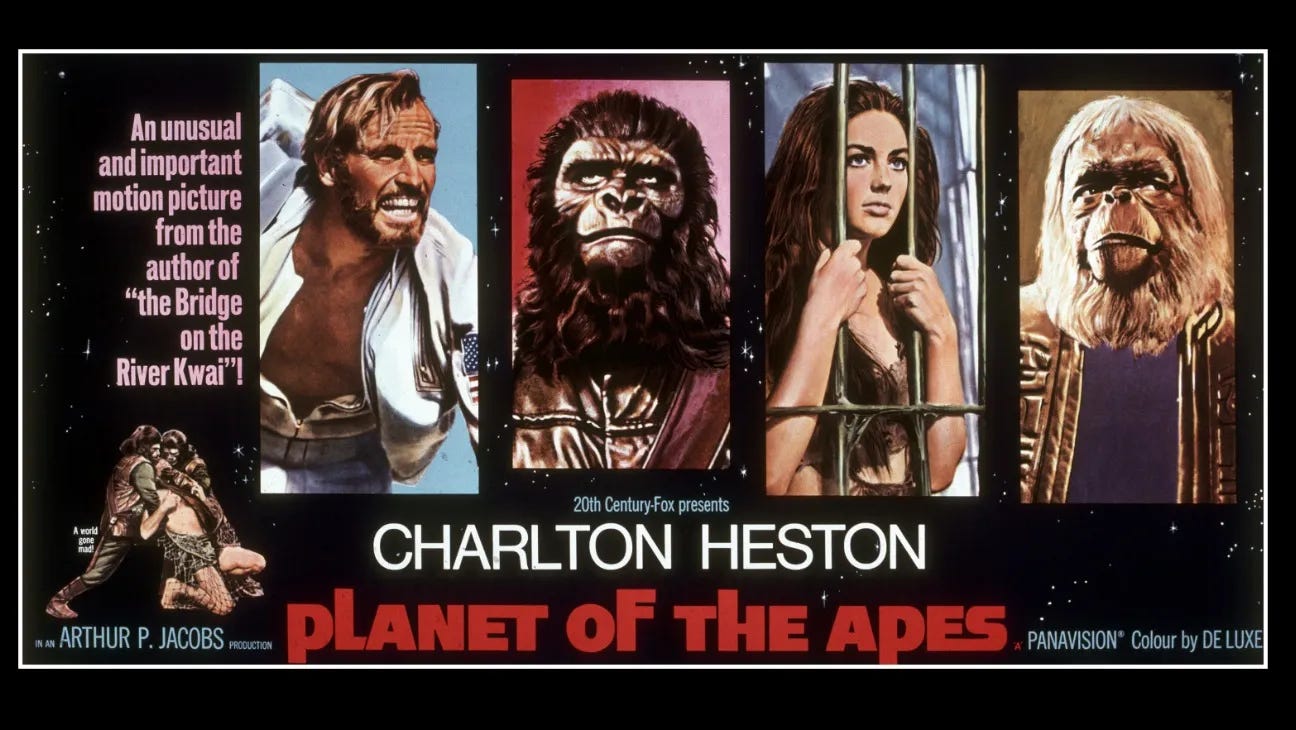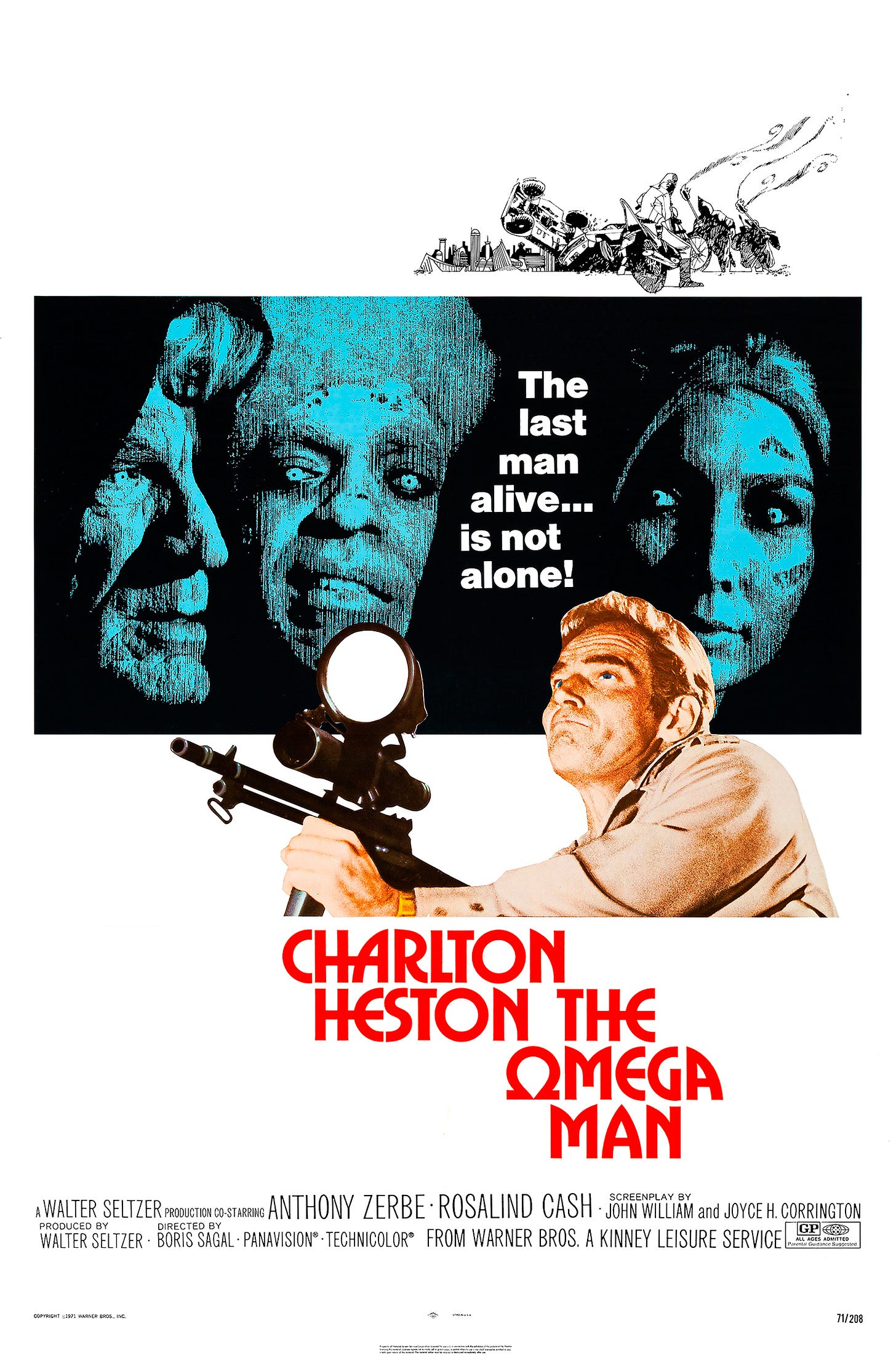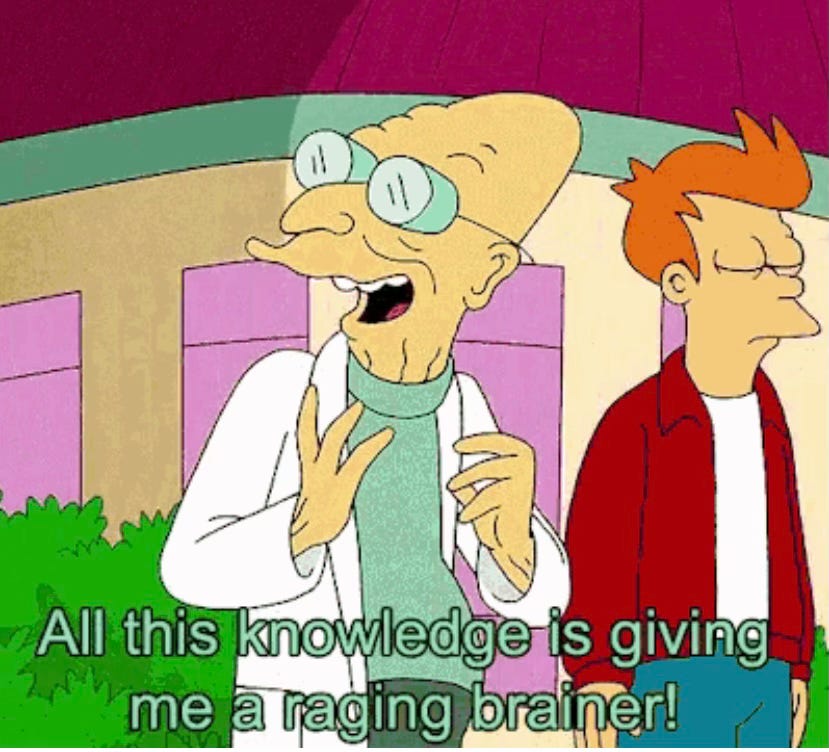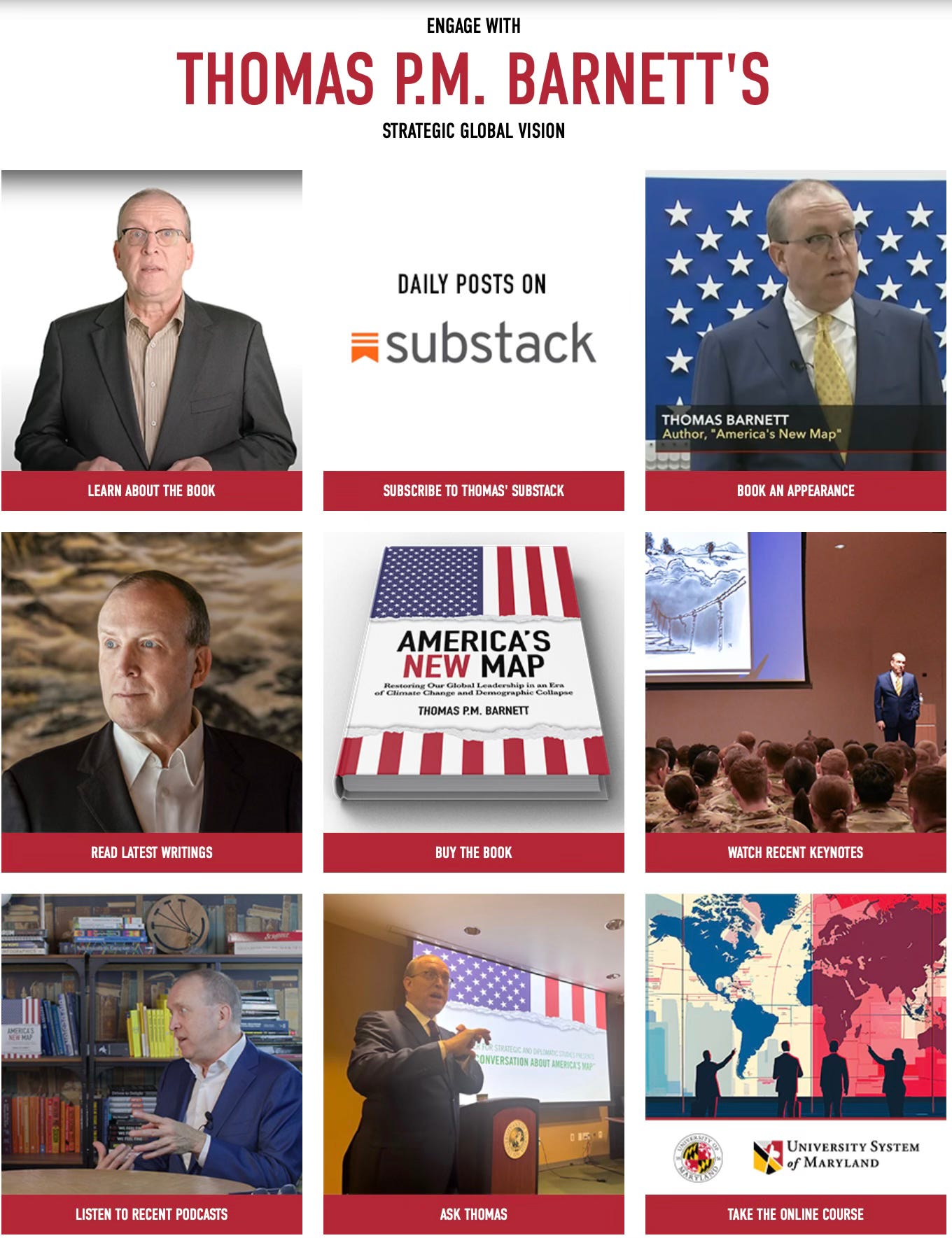I’ve written here before about my late-in-career realization of what I’m actually best at: broad-framing and contextualizing solutions that address — or co-evolve with — world structural changes.
Sounds cool, right?
But where to sell one’s wares, so to speak?
There was a time, no that long ago, where I was making a serious living as a sort of long-form opinion writer (technically, a “contributing editor”) for Esquire (earning as much as $12k for a single major piece), but that disappeared with the Great Recession, never to appear again. When I was finishing up with the magazine around 2011 (roughly a decade after appearing in their first-ever “Best & Brightest” issue), I was penning blog posts for $50 a pop. One tries not to take things personally, but it was extremely difficult to see that creative outlet just vanish in the face of larger economic forces.
A lot of white-collar workers are now feeling similar pressures — and dread. ChatGPT loosens a few rules and all of a sudden the internet is flooded with computer-generated Studio Ghibli art.
Cool beans, unless you’re working at Studio Ghibli. Then it feels like an existential threat alright.
I know, I know. We’re all supposed to suck in our guts and move up the work/production ladder to even greater intellectual heights — and products and roles. It’s just not something that, as I have discovered, one can pull off on one’s own, and it sure as hell ain’t easy to reinvent yourself in your 50s and 60s — a prospect that a lot of Gen Xers are facing.
NYT: The Gen X Career Meltdown; it’s the end of work as we knew it and I feel... powerless to fight the technology that we pioneered nostalgic for a world that moved on without us after decades of paying our dues for a payday that never came ...so yeah not exactly fine.
BUSINESS INSIDER: Gen Z is Facing a career apocalypse
At a tail-end Boomer, I will be the last to stand up and proclaim that “I’m Spartacus!” on this subject (even that deep cut is oh-so-Boomer). I don’t envy any of the subsequent generations. I worry greatly about my kids facing a better-but-somehow-much-more-vulnerable existence, as, right now, the looming Singularity strikes me as a fabulous future if you’re extremely wealthy and not so great for everybody else — you know, the 99 percent and all.
Where all this dread takes me is the synthesis that must emerge from this Hegelian dialectic of thesis (Singularity) colliding with antithesis (damn, I wish I had a single word for this … I dunno … NOT having the political and economic and social systems and structures ready to take serious advantage of that Singularity and not screw it up like some early 1970s Chuck-Heston-starring future dystopian movie?).
And you wonder why I grew up feeling like I needed to fix the entire world!
So, where does one turn these days for a sense of how to fit in? I ask that generally on behalf of subsequent generations but can only speak from my personal experience: you seek out the Puzzle Masters — or those who not only see the bigger picture broadly framed but have the capacity to both spot the missing pieces and the vision to generate them.
That’s how I ended up for three years at Throughline Inc., making America’s New Map happen, and, now, sticking around as a consultant helping to launch a similar effort by a newly retired Navy rear admiral (Matt Ott). It’s also how I ended up reconnecting and repartnering with Steve DeAngelis, CEO and founder of two AI-delivering firms (Enterra Solutions, Massive Dynamics).
Throughline helps enterprises adjust to massive structural changes in the environment by figuratively and literally sketching out the “big picture.”
DeAngelis has invented/pioneered an AI-fueled System of Intelligence® that fills the gap between an enterprise’s System of Record (enterprise resource planning [ERP] system like that offered by SAP) and the emerging Internet of Things (IoT) out there, in effect, seeding and populating the AIoT (AI of Things) that we hear so much about but mostly just imagine for now.
This has long been DeAngelis’ challenge: by inventing a sort of missing-link capability, he can only really market it by fitting it within this larger, super-complex puzzle where his companies fashion and deliver those missing pieces — missing portions that not that many people in our world can see, much less imagine, much less invent and deliver.
It’s like (recklessly switching metaphors), DeAngelis has created this cornerstone capacity (or, let’s say, the cherry on top of a very elaborate ice-cream sundae), but he has to somehow corral all the other ingredients together to comprise the full capability. He has to see all that, understand all that, convince and motivate all that, and then his solution is beyond brilliant by simply being actualized — made manifest.
That is a very special kind of vision. One could call it Founder’s Vision.
You want to know why so many tech startups fail?
Because the Founder has to not only be the Inventor, but also the Business Leader, and the Technology Compiler (all those other “ingredients” for our sundae), and the Evangelist, and several other personality types.
Most Founders can cover one or two of those necessary personas but rarely do they cover them all.
DeAngelis does, which is why I keep being pulled back into his orbit. As the pure Vision Pilgrim, I am always looking for various “Buddhas” to set me straight on this or that dynamic/structure/global force — so many mountain tops to reach, so many long conversations at the Great One’s knee.
But here’s the thing about these Founder types: they’ve also been on life-long quests with regard to their own Mentors. When you spend time with them and talk with them deeply about their ambitions — both intellectual and practical, they invariably bring up the influence of the many Mentors throughout their life journey. Thus, connecting with them is magical — truly enlightening in the most complete meaning of that word.
You join something bigger than yourself, which is how I gain some big new idea almost every time I interact with Steve.
I used to say that Steve is the smartest guy I’ve ever met. He’s still on my Mount Rushmore, he’s just not alone (and never really was, true to this Pilgrim’s never-ending quest).
Now, in my career-culminating role as sort of Founder Whisperer (where I enlighten others in what I have come to understand in exchange for them doing the same for me on things I am yet to understand), I also have Karen Fleckner, President and CEO of Artesion Inc, a company I informally advise on certain big-picture framing issues surrounding the water+power+data nexus that challenges us all in this climate changed world that nonetheless requires seemingly unlimited secure access to water and electricity for our AI-driven Singularity to play itself out successfully.
SIDENOTE: these Founder types often speak in mouthfuls and thus can only be described in mouthfuls, with my role often being the reducer of that mouthful to just a few key terms. An example from my own work: the world now shifts from East-West to North-South.
Such foundational concepts (from East-West to North-South) are themselves a sort of cherry sitting atop a very elaborate sundae — one that recently required an entire book for me to explain. Such code-cracking (or decoding of complexity, as Steve likes to say) is a sort of secret handshake among people like Steve, Karen, and myself.
On one level, it’s a version of you’re okay (not crazy) and I’m okay (similarly not crazy). We see a world, we spot the missing puzzle pieces, and we are drawn to their natural creation point (for Steve, math; for Karen, chemistry)— like moths to the flame.
Steve HAS to be Steve, just like Karen HAS to be Karen and I HAVE to be me. We really don’t have any choice; it’s how our minds work.
SMALL WARS JOURNAL: The Nexus of Power | Water | Data: The Foundations of American Prosperity & National Security
The graphic above that starts this post accompanies this cited article in the Small Wars Journal. While she isn’t attributed as the source, the piece is really Karen’s career-in-the-making vision of the water+power+data nexus. The author works for/with Karen on the subject, and wrote this excellent piece to socialize her ideas. Because it published it in an actual journal, he couldn’t let it slip into commercial mode. But, since this Substack is mine and mine alone, I can acknowledge the true source for who she is — one of the two smartest people I have ever had the pleasuring of knowing.
Karen’s vision of an edge-computing AI/ML capability works the IoT from a differing angle than Steve and his companies do. Karen works the missing puzzle pieces from the world-outside-moving-inward-toward-the-firm/market, while Steve’s System of Intelligence connects that firm/market to that emerging IoT world outside.
In that sense, both are bridge-building enablers of the looming Singularity.
When I go back and forth between the two of them, I feel like I’m staring at this touchpoint of history, not unlike …
I know I’ve gone on and on about these two, but they really are two heads on my Mount Rushmore (I leave Abe and TR up there for now) and so I never grow tired of admiring their work and being fortunate enough to share in it in my own peculiar way.
And that’s why I’m telling you all this: the way I hold on to my identity as a Creator (a very now term) in these most tumultuous of times is to seek out new models and imaginations … to boldly go where no mind has gone before!
You know, what Professor Farnsworth said.
Most of my career, I’ve gone with the notion of building up my best skills and then partnering with others to cover my weak spots — in other words, don’t spend anytime “improving” yourself but run with the strengths that you naturally possess (what my social worker spouse call strengths-based therapy). This approach requires a lot of self-knowledge — hard to achieve any way other than living life or working with a good therapist.
What I’ve come to realize lately is that the best self-care I can provide myself is to spend as much time with like-minded people, and, when I say like-minded, I don’t mean we come to the same conclusions (like Blue-v-Red) but that our thought processes are similar and/or complimentary.
That is why I’m still working with Steve two decades after meeting him.
That is why Karen is now up on my Mount Rushmore.
These people are like my Rosetta Stones (again with the rock imagery!) to which I regularly turn in my daily mental workouts.
SIDENOTE: I have a vast collection of small rocks from virtually every place I’ve traveled in this world (dozens of countries, all 50 US states), so the rock references are well-earned.
When you’re one point in this universe, you have no idea what it up and what is down.
When you find a second point in this universe and connect, you form a line.
And when you add that third point, you form a plane.
Basic geometry.
This Catholic with the middle name Patrick has always known that three is a magic number.
As my Father always said, go forth and sin no more.












